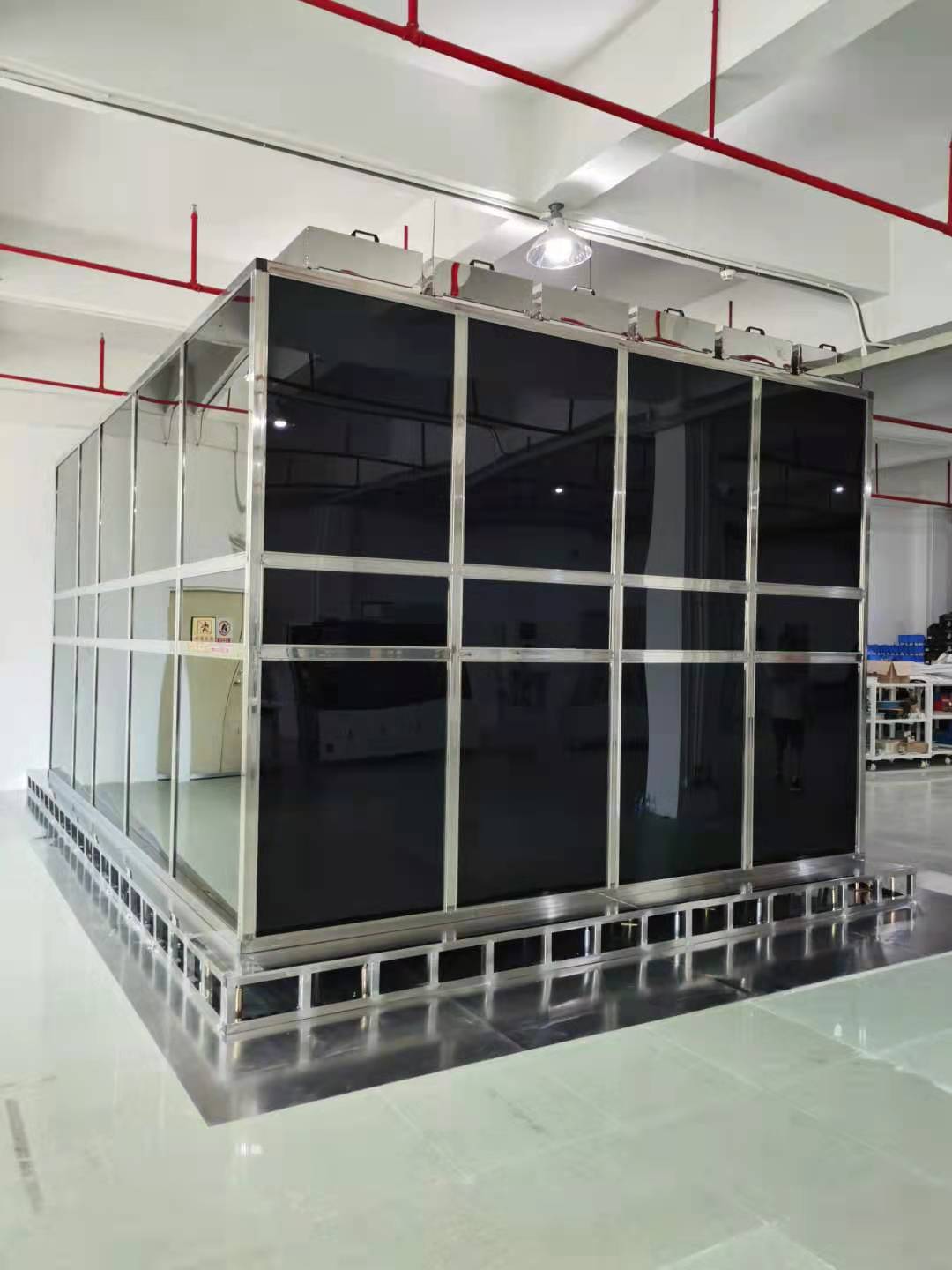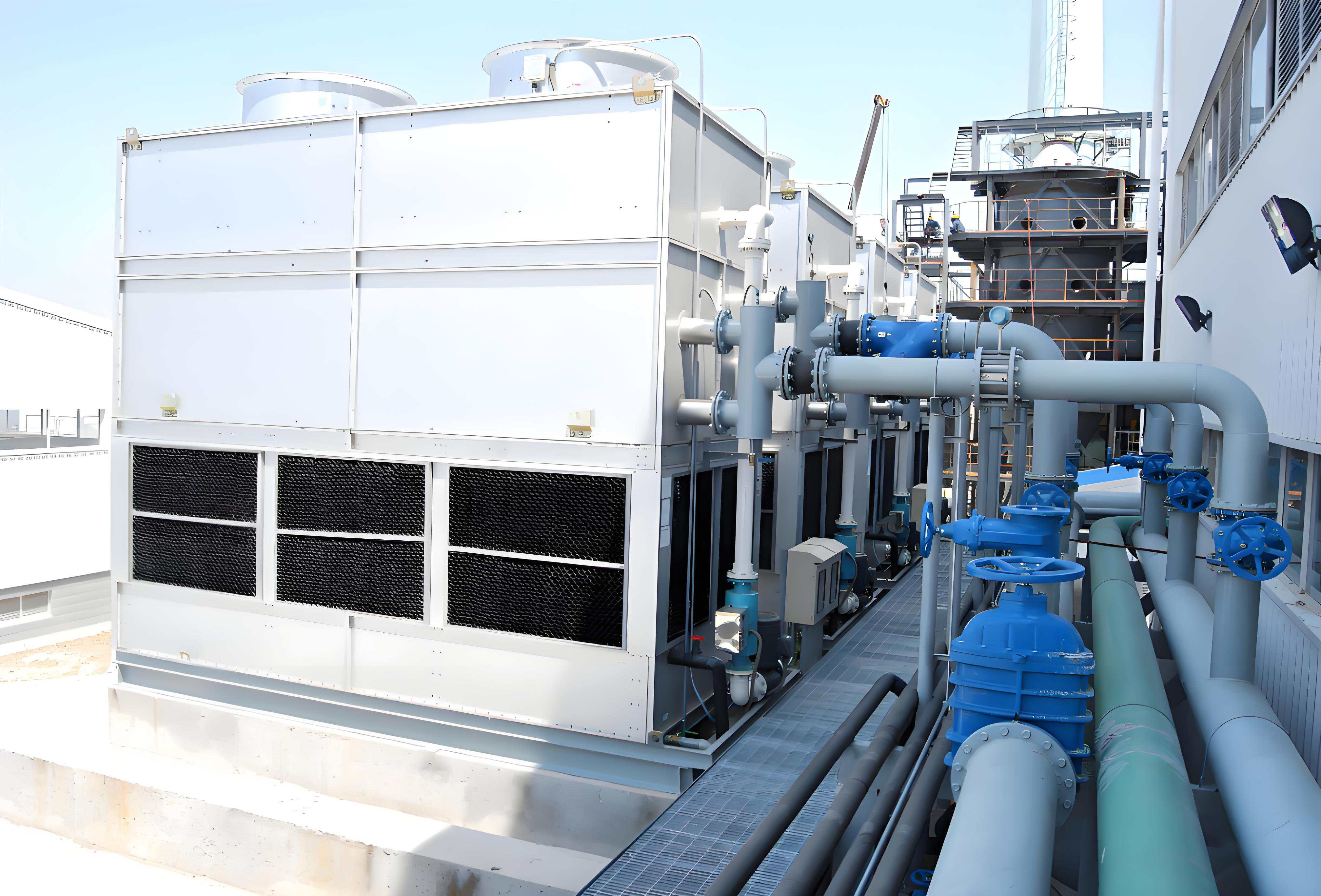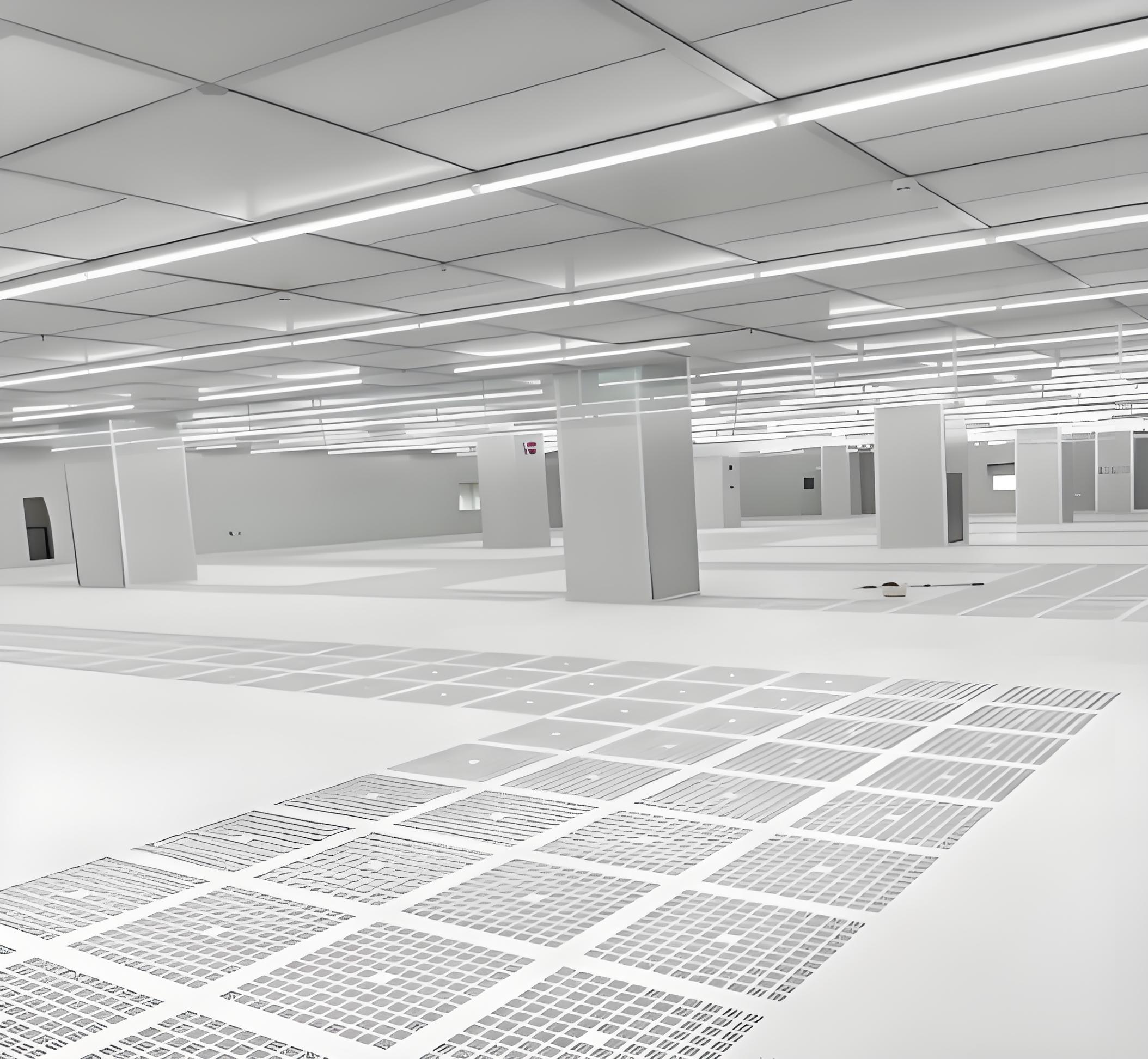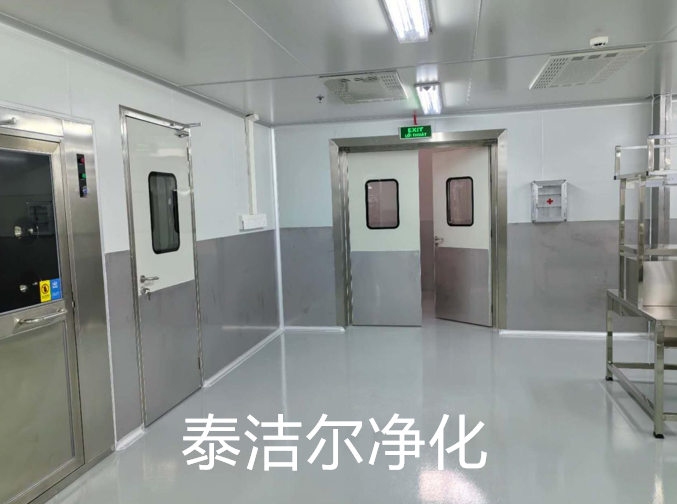
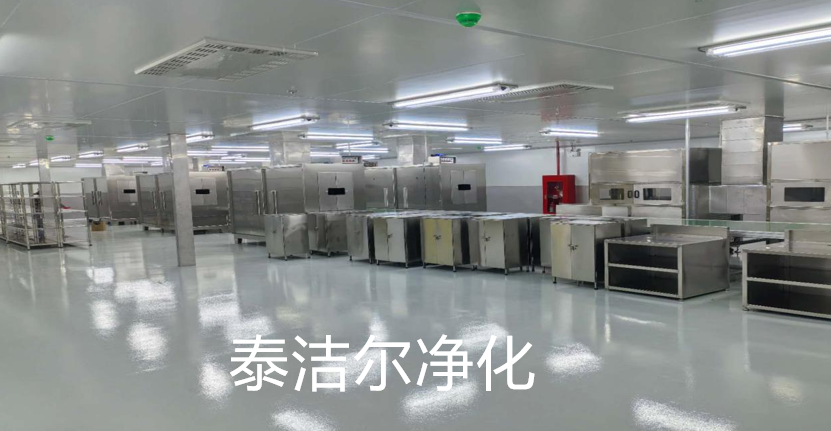
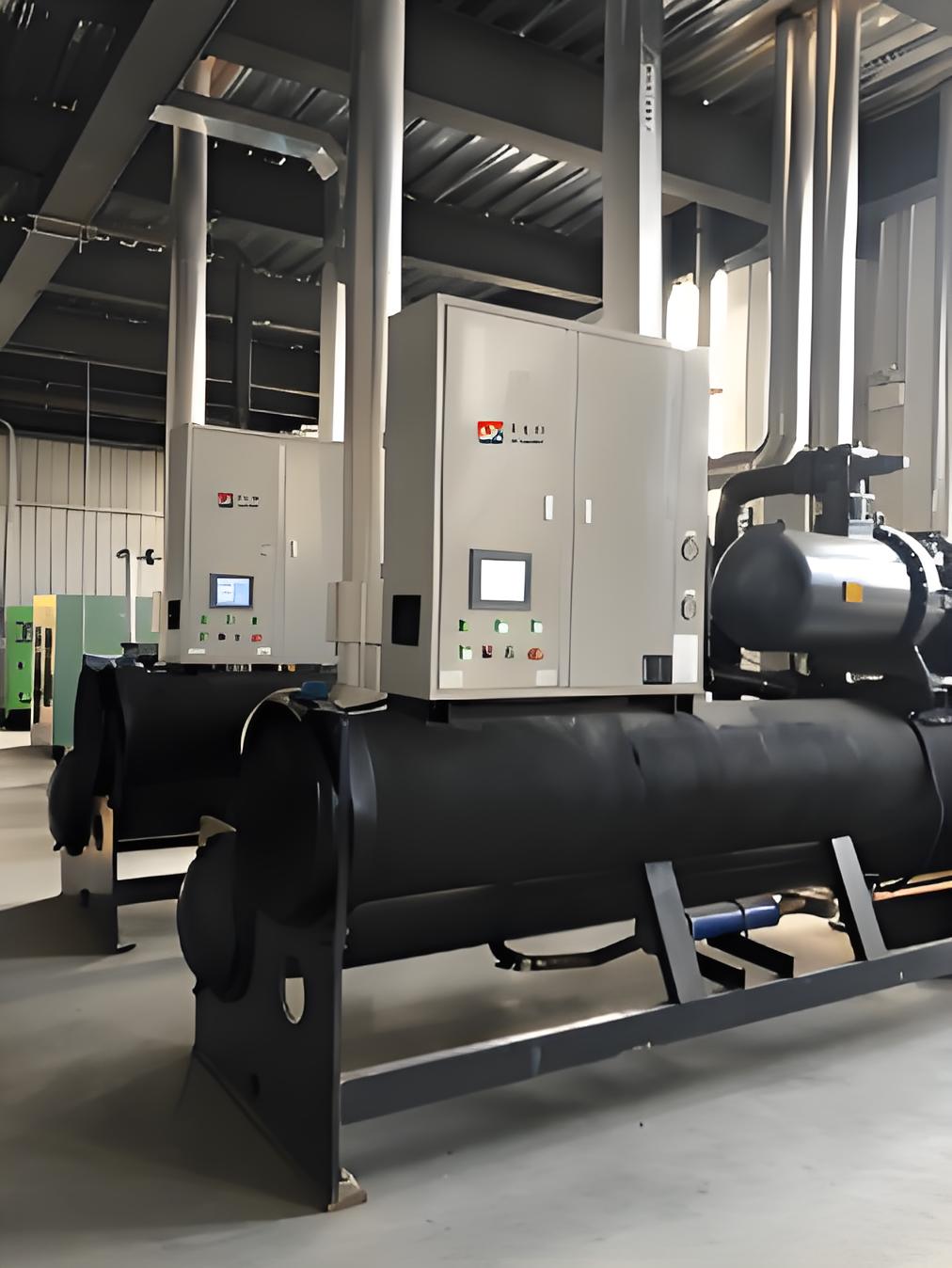
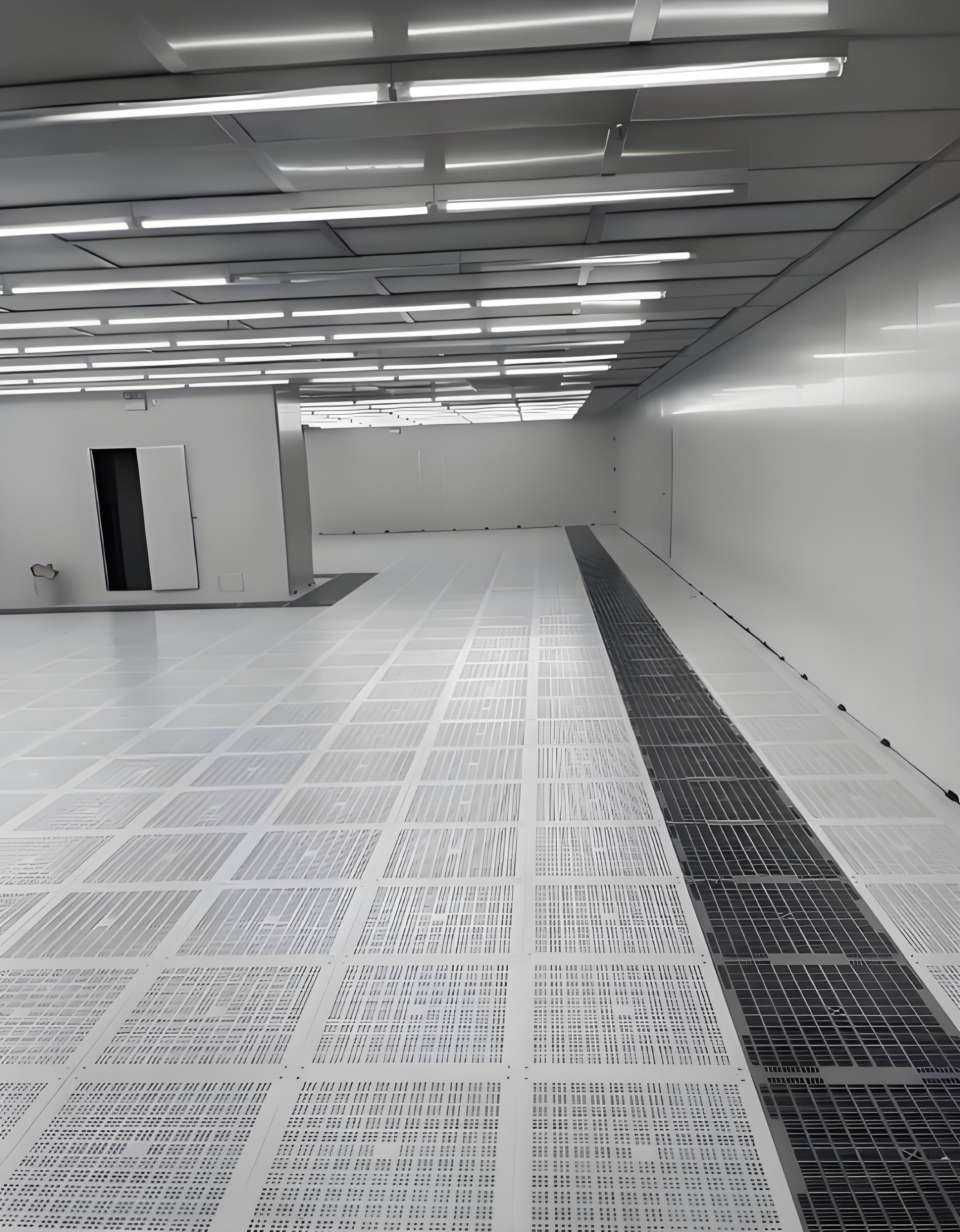

In industries where the tiniest particle, the most minute fluctuation in temperature or humidity, or the faintest trace of a contaminant can spell disaster for product quality, yield, or safety, Cleanroom Engineering stands as the critical discipline. It's the science and practice of creating, maintaining, and controlling hyper-specialized environments with precisely defined levels of airborne particulates, temperature, humidity, pressure, and other parameters. From life-saving pharmaceuticals and cutting-edge microchips to advanced aerospace components and sensitive research, cleanroom engineering is the invisible foundation upon which modern technological and scientific progress is built. This article delves into the essential components of this field, focusing on the vital roles of a specialized cleanroom engineering company, the intricacies of cleanroom engineering design, and the crucial considerations for Cleanroom Engineering decoration.
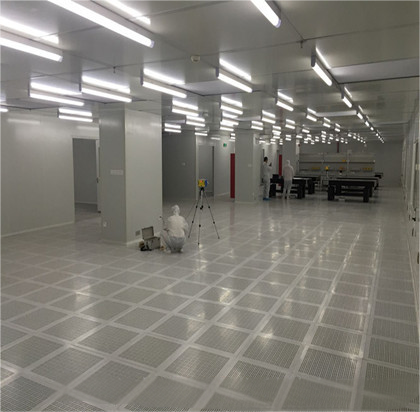
Cleanroom Engineering encompasses far more than just constructing a sealed room. It's a holistic, integrated systems approach involving:
Contamination Control: The core objective – minimizing and eliminating airborne particles, microbes, chemical vapors, and electrostatic discharge (ESD) to acceptable levels defined by international standards (ISO 14644-1, Fed Std 209E).
Environmental Control: Precise regulation of temperature, relative humidity, air pressure differentials (to prevent ingress of contaminants), and sometimes even lighting and noise levels.
Airflow Management: Designing and implementing highly controlled airflow patterns (typically unidirectional laminar flow or non-unidirectional/turbulent flow) to sweep contaminants away from critical areas.
Filtration: Utilizing High-Efficiency Particulate Air (HEPA) or Ultra-Low Penetration Air (ULPA) filters to remove particles from the supply air.
Material Science: Selecting appropriate construction materials, wall/ceiling systems, flooring, and finishes (Cleanroom Engineering decoration) that are non-shedding, easy to clean, chemically resistant, and compatible with the cleanroom class and processes.
Monitoring & Validation: Continuously measuring and verifying that the cleanroom meets its specified parameters (particle counts, pressure differentials, temperature, humidity, airflow velocity) through rigorous testing protocols.
Operational Protocols: Defining strict procedures for personnel gowning, material transfer, cleaning, and maintenance to sustain the controlled environment.
Attempting to design and build a cleanroom without expert guidance is fraught with risk. A qualified cleanroom engineering company brings indispensable expertise to the table:
Holistic Project Management: They oversee the entire lifecycle – from initial concept and feasibility studies through detailed design, procurement, construction/installation, commissioning, validation (IQ/OQ/PQ), and ongoing support. This ensures seamless integration and adherence to budget and schedule.
Regulatory Mastery: Navigating the complex web of industry-specific regulations (GMP for Pharma, FDA, SEMI standards for microelectronics, ISO standards) is paramount. A reputable cleanroom engineering company has deep knowledge of these requirements and designs facilities to comply from the outset.
Cross-Disciplinary Expertise: Cleanrooms demand knowledge of HVAC, electrical systems, controls, architecture, structural engineering, and process engineering. A dedicated firm integrates these disciplines effectively.
Value Engineering: Balancing performance requirements with capital expenditure (CAPEX) and operational costs (OPEX) is crucial. Experienced firms optimize designs for efficiency and long-term cost-effectiveness.
Vendor Network & Procurement: They have established relationships with suppliers of specialized cleanroom materials, equipment (FFUs, pass-throughs, air showers), and finishes, ensuring quality and often better pricing.
Validation Support: A core competency is developing and executing comprehensive validation protocols to prove the cleanroom performs as intended, a requirement for regulatory approval in many industries.
Partnering with the right cleanroom engineering company is not just a convenience; it's an investment in the success, compliance, and longevity of your critical environment.
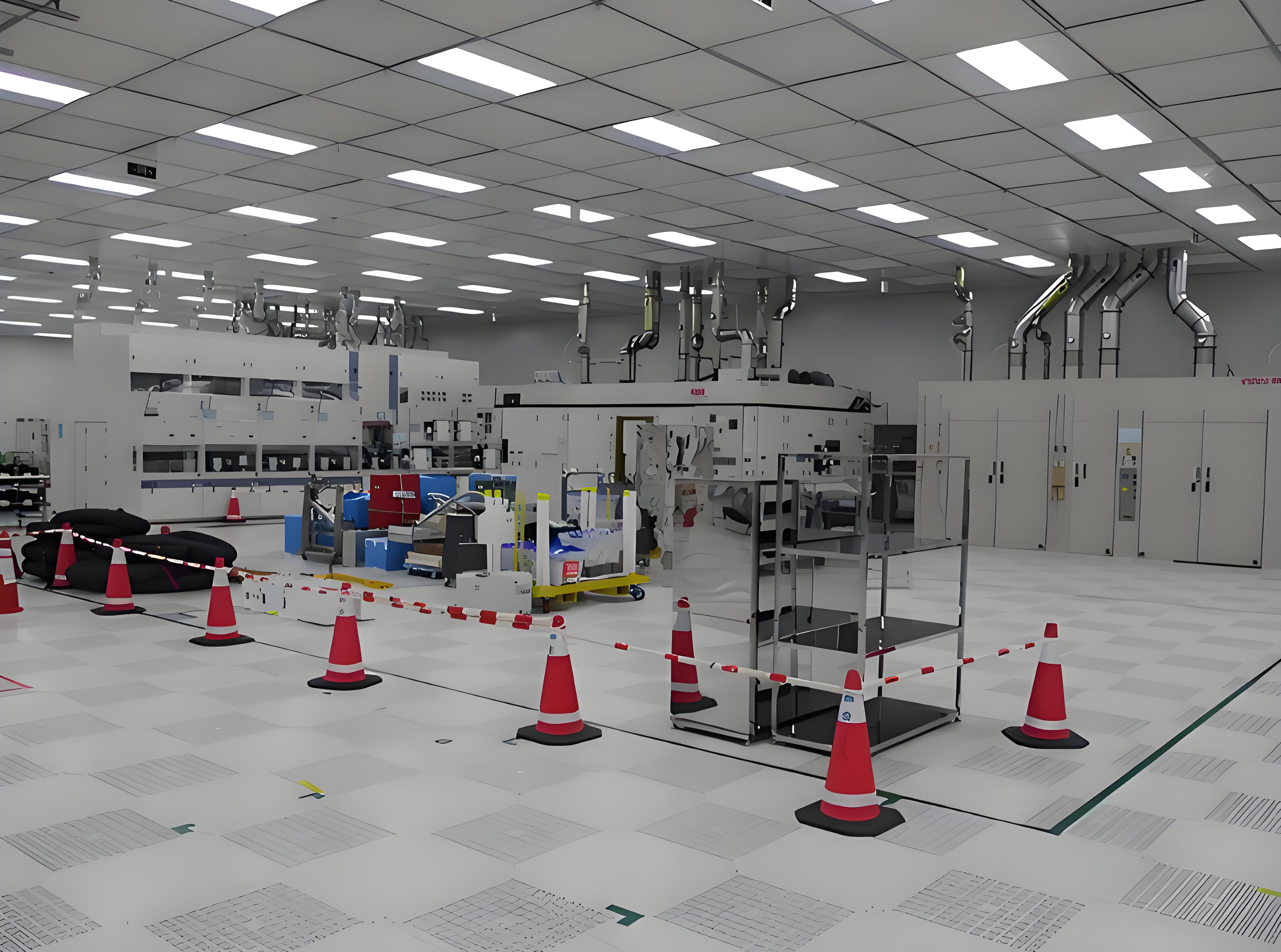
Cleanroom engineering design is a meticulous, iterative process where every decision impacts performance and cost. Key phases and considerations include:
User Requirements Specification (URS): The foundation. Defining the purpose of the cleanroom (processes conducted), required cleanliness class (ISO Class), environmental parameters (temp, RH, pressure), occupancy, equipment load, gowning requirements, and future expansion plans. This document guides all subsequent design decisions.
Conceptual & Feasibility Design: Developing initial layouts, airflow diagrams, and system concepts. Assessing space availability, structural constraints, utility requirements, and budget feasibility. Evaluating risks and potential solutions.
Detailed Design:
Architectural Layout: Optimizing workflow, material flow, and personnel flow to minimize contamination risk. Defining zones (black, gray, white), airlocks, gowning rooms, and equipment placement.
HVAC Design: The heart of contamination control. Calculating required air changes per hour (ACH), airflow volumes, pressure cascade design, filter selection (HEPA/ULPA placement and efficiency), fan sizing, ductwork design, and energy recovery strategies. Sophisticated Computational Fluid Dynamics (CFD) modeling is often employed to visualize and optimize airflow patterns before construction.
Structural Integration: Ensuring the building structure can support the cleanroom's weight (especially heavy raised floors), vibration isolation requirements, and any necessary penetrations.
Electrical & Lighting: Designing specialized, sealed lighting fixtures (often LED for low heat and long life), emergency lighting, power distribution for equipment (considering ESD protection), and data/communication systems.
Building Management Systems (BMS) / Environmental Monitoring Systems (EMS): Designing the control system architecture for continuous monitoring, alarming, and data logging of critical parameters (particle counts, pressure, temp, RH).
Utilities: Planning for process gases, compressed air, vacuum, DI water, drains, and other services, ensuring proper routing and filtration where needed.
Fire Protection & Safety: Integrating specialized cleanroom-compliant fire detection and suppression systems, emergency exits, and safety showers/eyewashes.
While the term "decoration" might imply superficiality, Cleanroom Engineering decoration refers to the critical selection and installation of the interior finishes that form the physical barrier and working surface of the cleanroom. These materials are fundamental to performance and must be chosen with extreme care:
Walls & Ceilings: Modular cleanroom panels are the standard. Key considerations:
Material: Non-shedding, smooth, impervious surfaces (typically powder-coated steel, stainless steel, or fiberglass-reinforced plastic - FRP).
Core: Fire-rated (often mineral wool core) and structurally sound.
Sealing: Critical! All joints, penetrations, and edges must be meticulously sealed with appropriate cleanroom-grade sealants (silicone, epoxy) to prevent air leakage and particle entrapment. This is a core aspect of Cleanroom Engineering decoration quality.
Finish: Glossy finishes are preferred for cleanability. Color choices often follow industry conventions (e.g., light colors for visibility).
Integration: Seamless integration with lighting, HEPA/ULPA filter modules (FFUs), windows, and pass-throughs.
Flooring: Must be durable, monolithic, seamless, chemical-resistant, static-dissipative or conductive (for ESD control), and easy to clean. Common options include:
Vinyl Sheet (Cove-Base Installed): Cost-effective, good chemical resistance.
Epoxy or Polyurethane Resin Systems: Highly durable, excellent chemical resistance, seamless, customizable colors.
Raised Access Floors: Provide space for utilities; require specialized cleanroom-grade panels and pedestals with gasket seals.
Windows & Viewing Panels: Constructed from tempered or laminated safety glass, sealed perfectly into the wall system, often with aluminum or stainless steel frames. May have special coatings.
Doors: Interlocking doors (to maintain pressure differentials), often with vision panels. Seals are critical. Materials match walls (steel, stainless steel). Air-tight sliding doors are common in high-traffic areas.
Fixtures & Fittings: Everything – from sinks and workbenches to shelves and furniture – must be constructed of cleanroom-compatible materials (stainless steel 304 or 316 is common), designed with smooth, rounded corners for easy cleaning, and often feature ESD-safe properties.
The Cleanroom Engineering decoration phase is where the design intent physically manifests. Poor material selection or shoddy installation can completely undermine even the most sophisticated HVAC design, leading to contamination control failures and costly remediation. It demands precision craftsmanship.
The principles of cleanroom engineering are vital across numerous sectors:
Pharmaceuticals & Biotechnology: Manufacturing sterile injectables, vaccines, biologics, and APIs. Essential for preventing microbial contamination and cross-contamination. Governed by strict GMP regulations.
Medical Devices: Production of implants, surgical instruments, diagnostic kits, and in-vitro diagnostics (IVDs), requiring sterility assurance and particle control.
Microelectronics & Semiconductors: Fabrication of integrated circuits (ICs), hard drives, displays. Particles and static discharge can ruin microscopic circuitry. Demands ultra-clean environments (ISO Class 1-5).
Healthcare: Sterile compounding pharmacies, tissue culture labs, operating rooms, isolation rooms.
Aerospace: Manufacturing and assembly of sensitive optical, guidance, and satellite components susceptible to particulate contamination.
Advanced Research: Nanotechnology, advanced materials science, genetic engineering – where contamination skews experimental results.
Food & Beverage: Aseptic filling lines for sensitive products.
In each application, the specific requirements for cleanroom engineering design, construction standards, and Cleanroom Engineering decoration materials vary significantly, demanding tailored solutions from a knowledgeable cleanroom engineering company.
Selecting a cleanroom engineering company is a major decision. Key factors to evaluate include:
Proven Experience & Specialization: Look for extensive experience in your specific industry (pharma, microelectronics, etc.) and with the required cleanroom classification. Request case studies and references.
Regulatory Knowledge: Demonstrable understanding of the relevant regulations (GMP, FDA, ISO 14644, SEMI) and experience navigating audits.
In-House Expertise: Do they have qualified engineers (HVAC, process, controls), architects, project managers, and validation specialists on staff? Avoid firms heavily reliant on subcontractors for core competencies.
Design Capabilities: Assess their use of modern tools like CFD modeling, BIM (Building Information Modeling), and their design philosophy (value engineering, future-proofing).
Construction & Quality Control: Understand their construction methodologies, quality assurance processes during installation (especially sealing!), and commissioning/validation protocols. Visit a project if possible.
Material Sourcing & Supply Chain: Do they have reliable access to high-quality cleanroom materials and finishes (Cleanroom Engineering decoration components)?
Service & Support: What level of post-commissioning support, maintenance, and requalification services do they offer?
Transparency & Communication: Clear communication, detailed proposals, and a collaborative approach are essential for project success.
Cleanroom Engineering represents the pinnacle of controlled environment technology, demanding a fusion of scientific rigor, engineering precision, and meticulous craftsmanship. Success hinges on a comprehensive approach that seamlessly integrates world-class cleanroom engineering design with flawless execution by a qualified cleanroom engineering company. Every detail, from the macro-level HVAC system down to the micro-level sealing of a panel joint in the Cleanroom Engineering decoration, contributes to the integrity of the environment.
Whether developing life-saving drugs, manufacturing the next generation of microchips, or conducting groundbreaking research, investing in robust cleanroom engineering is not merely a construction project; it's a strategic imperative for quality, compliance, innovation, and ultimately, competitive advantage. Partnering with experts who understand the profound interplay between design, construction, finishes, and ongoing control is the cornerstone of creating environments where precision thrives.
